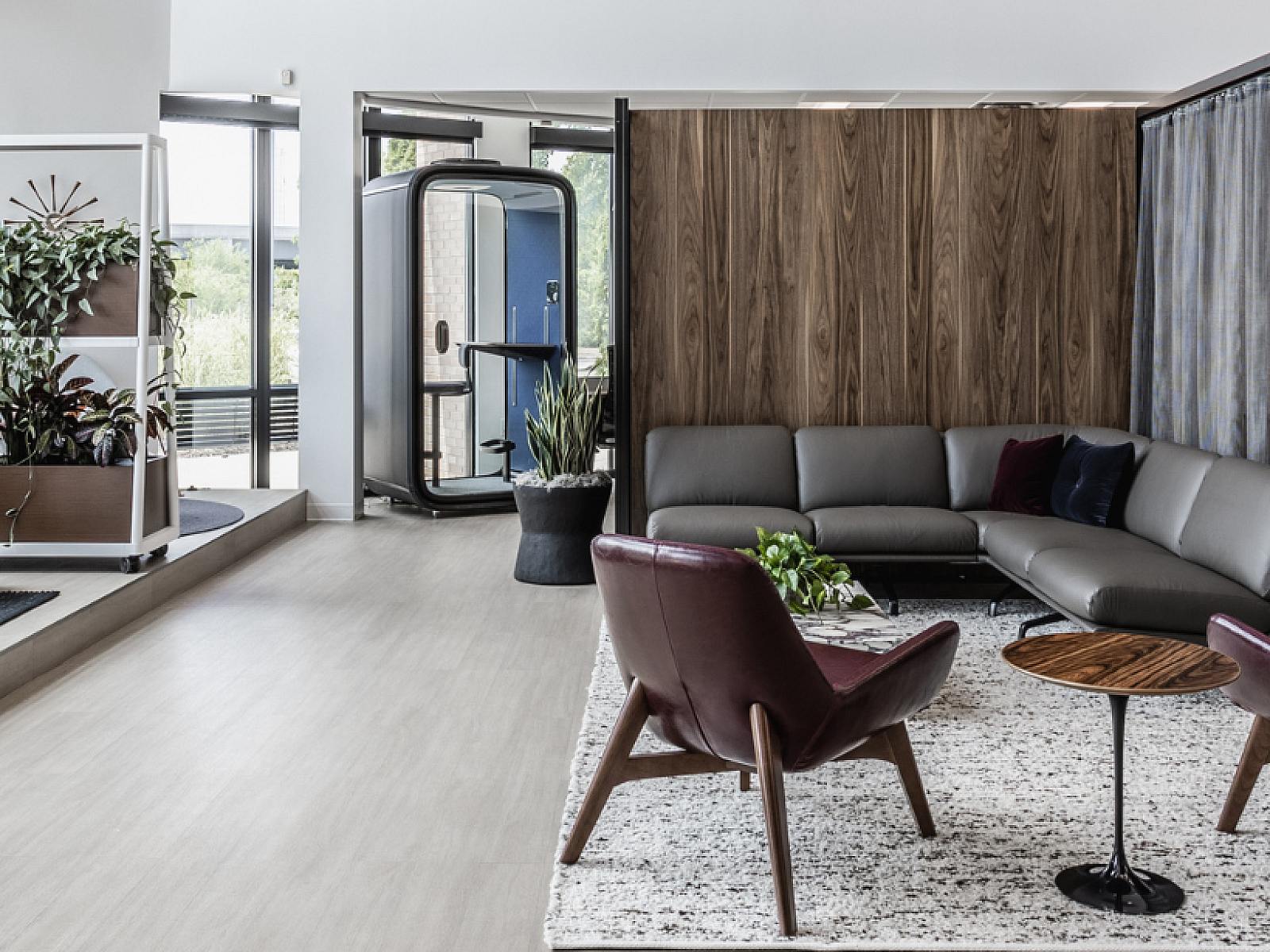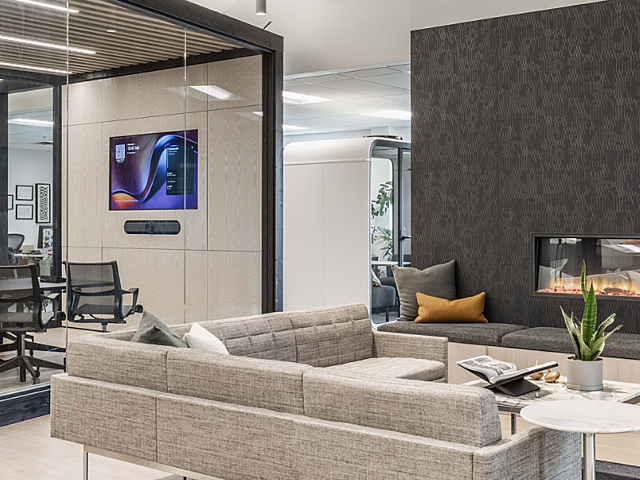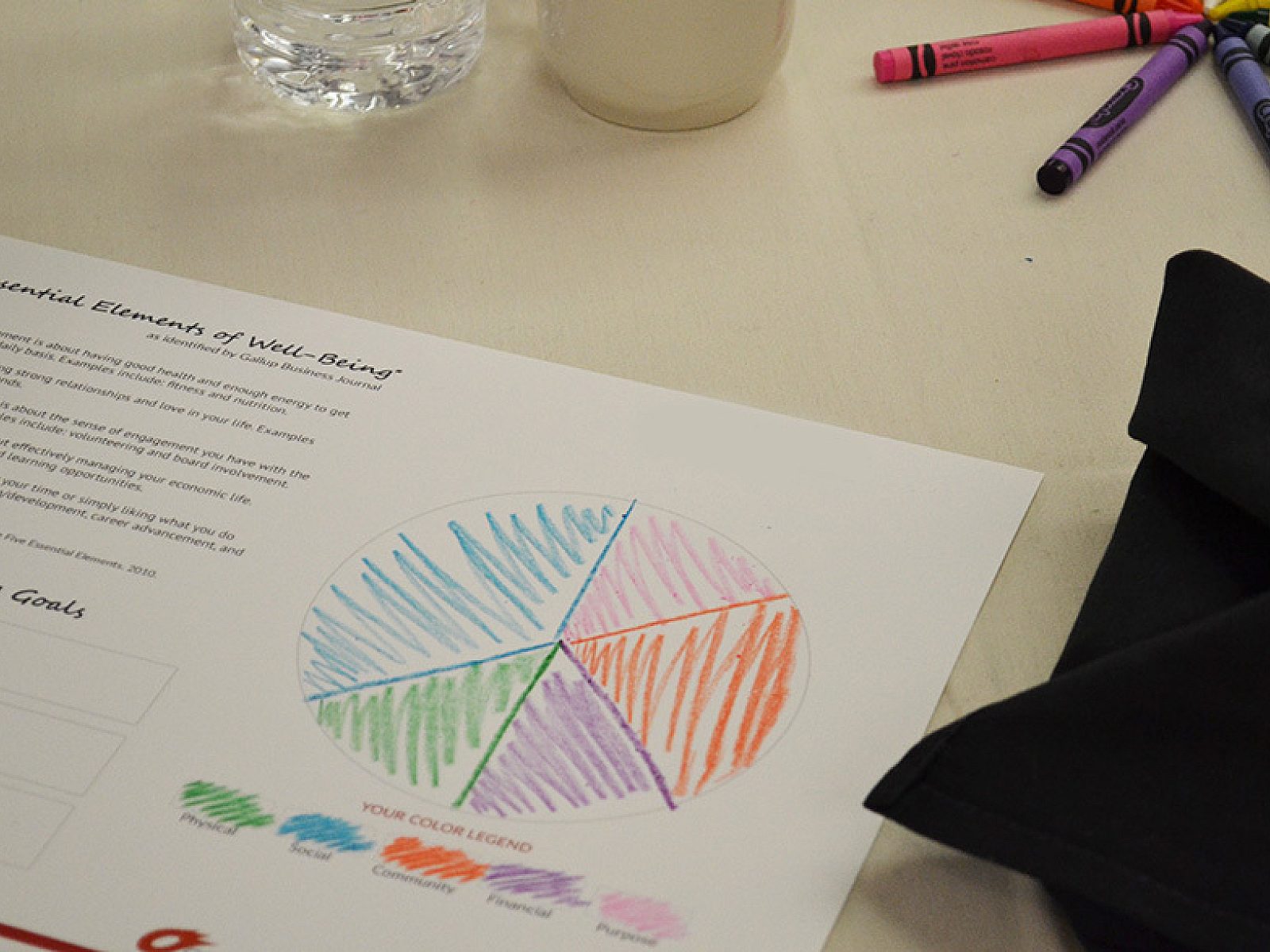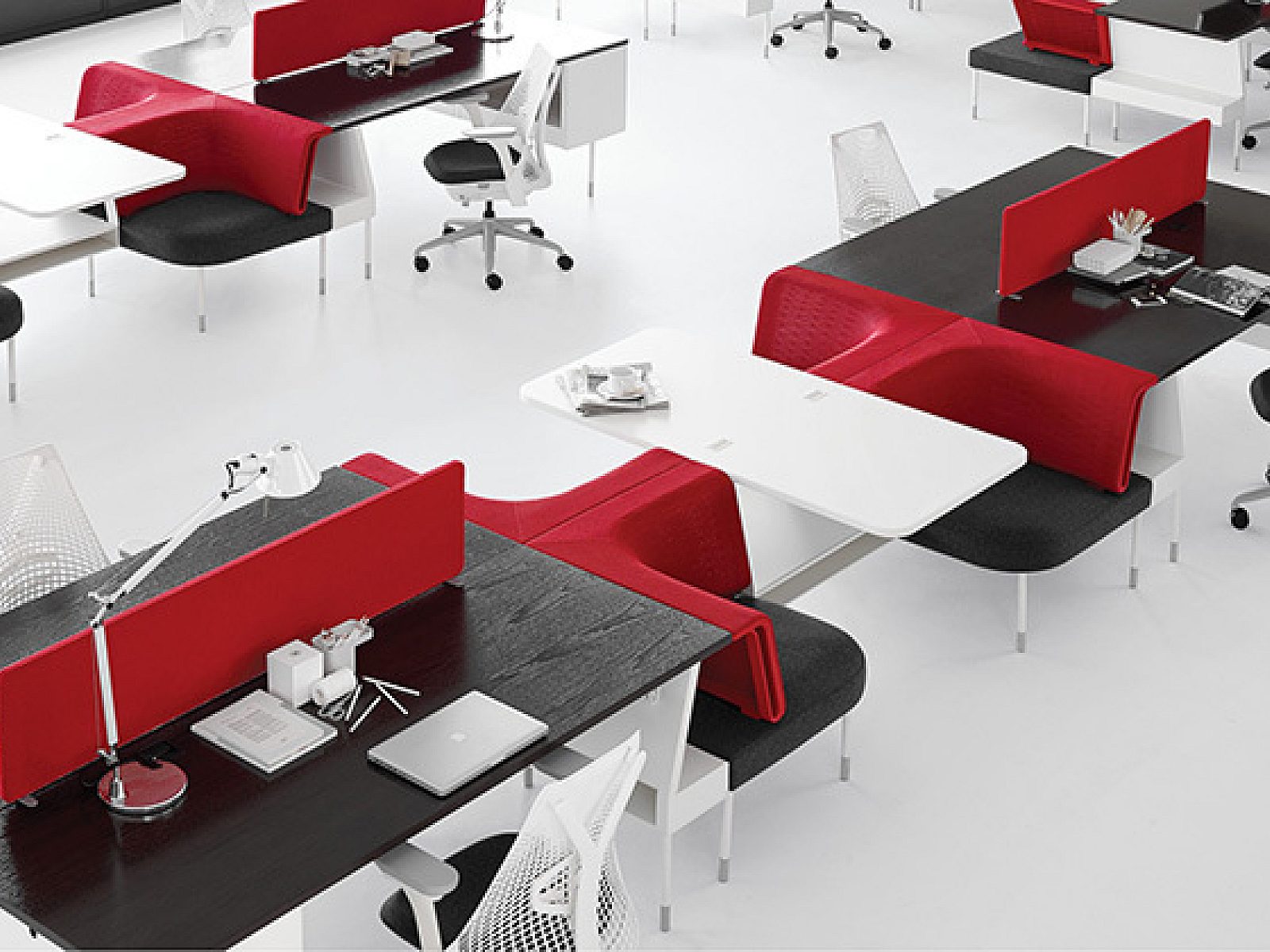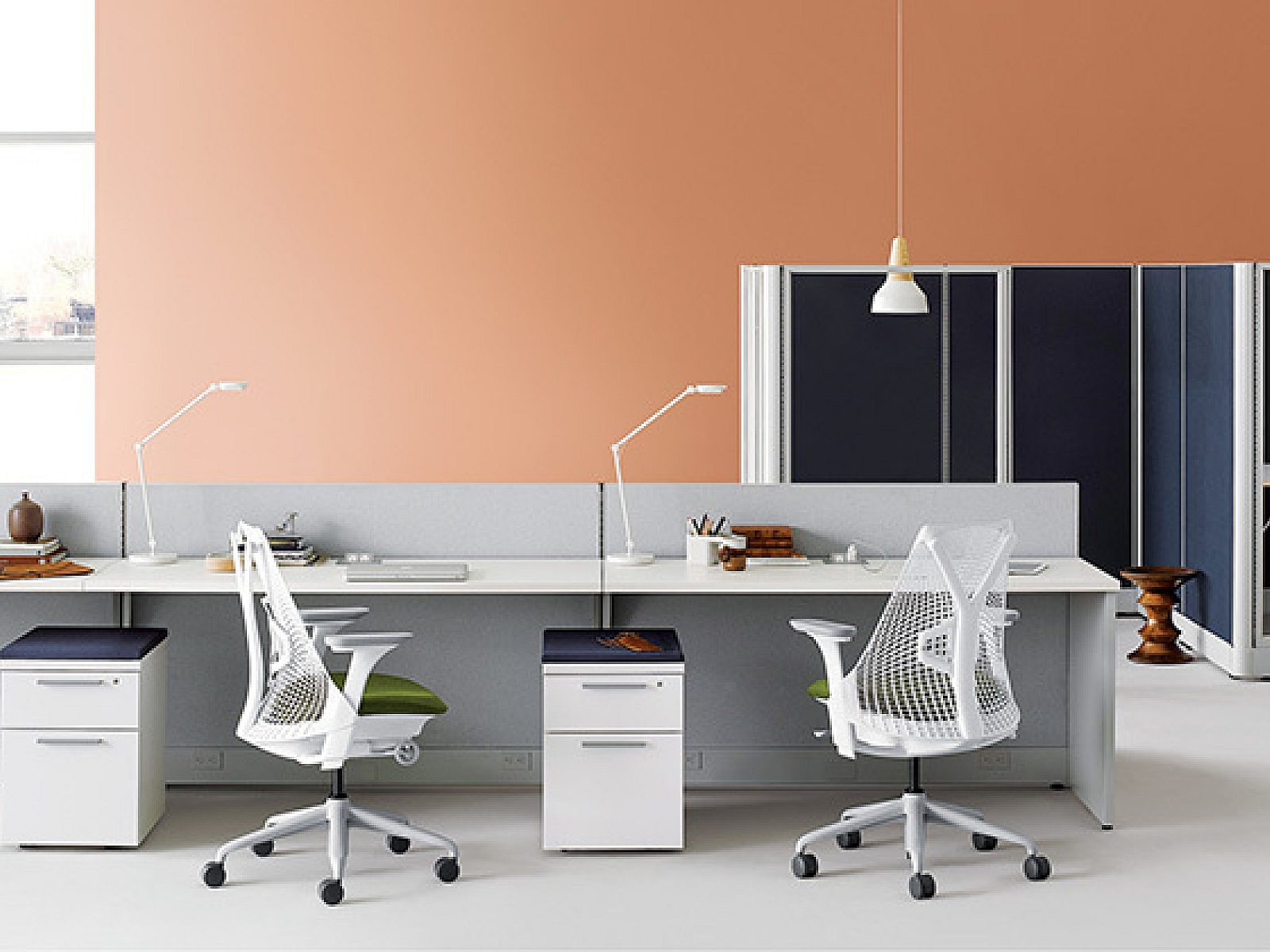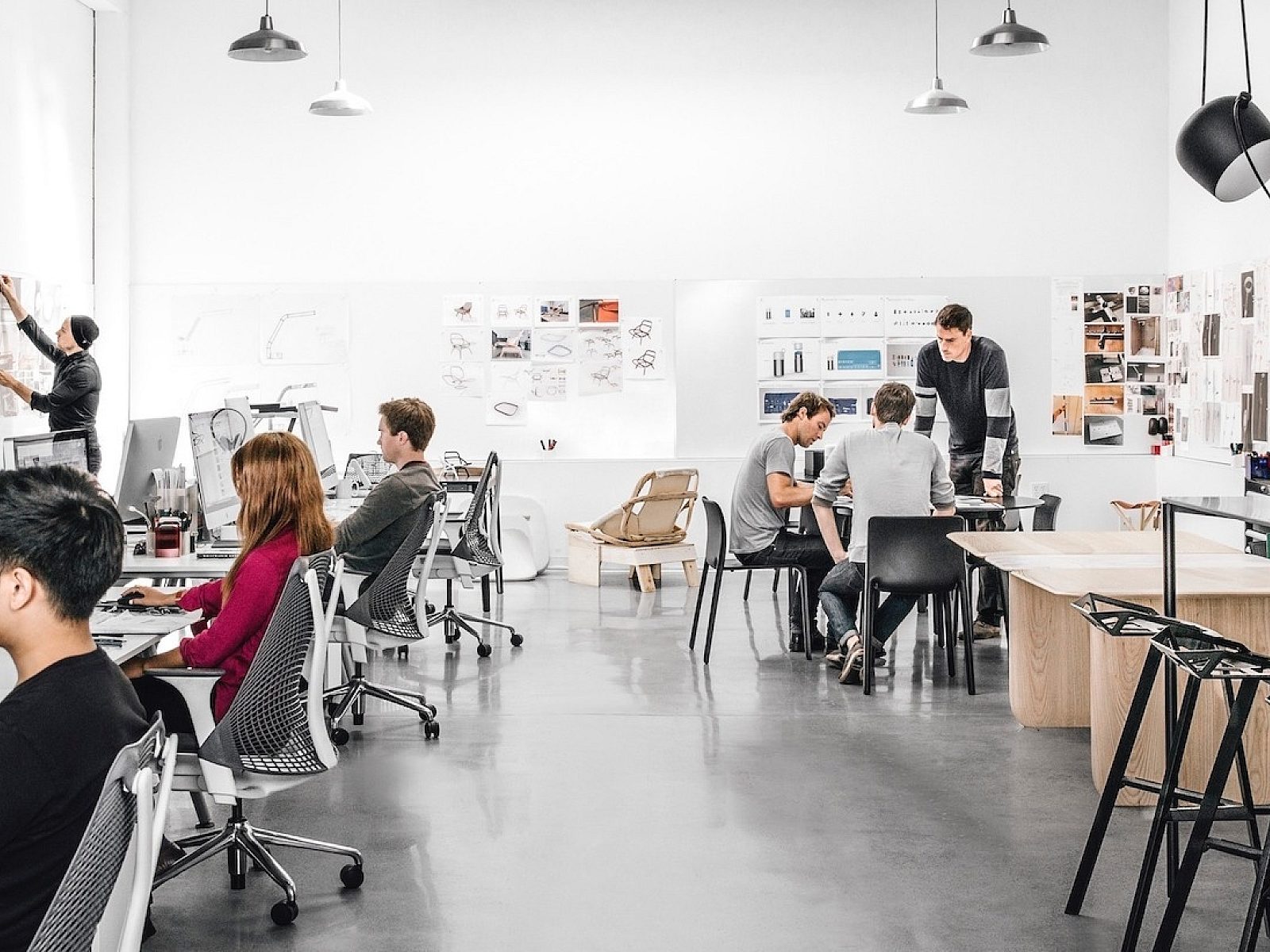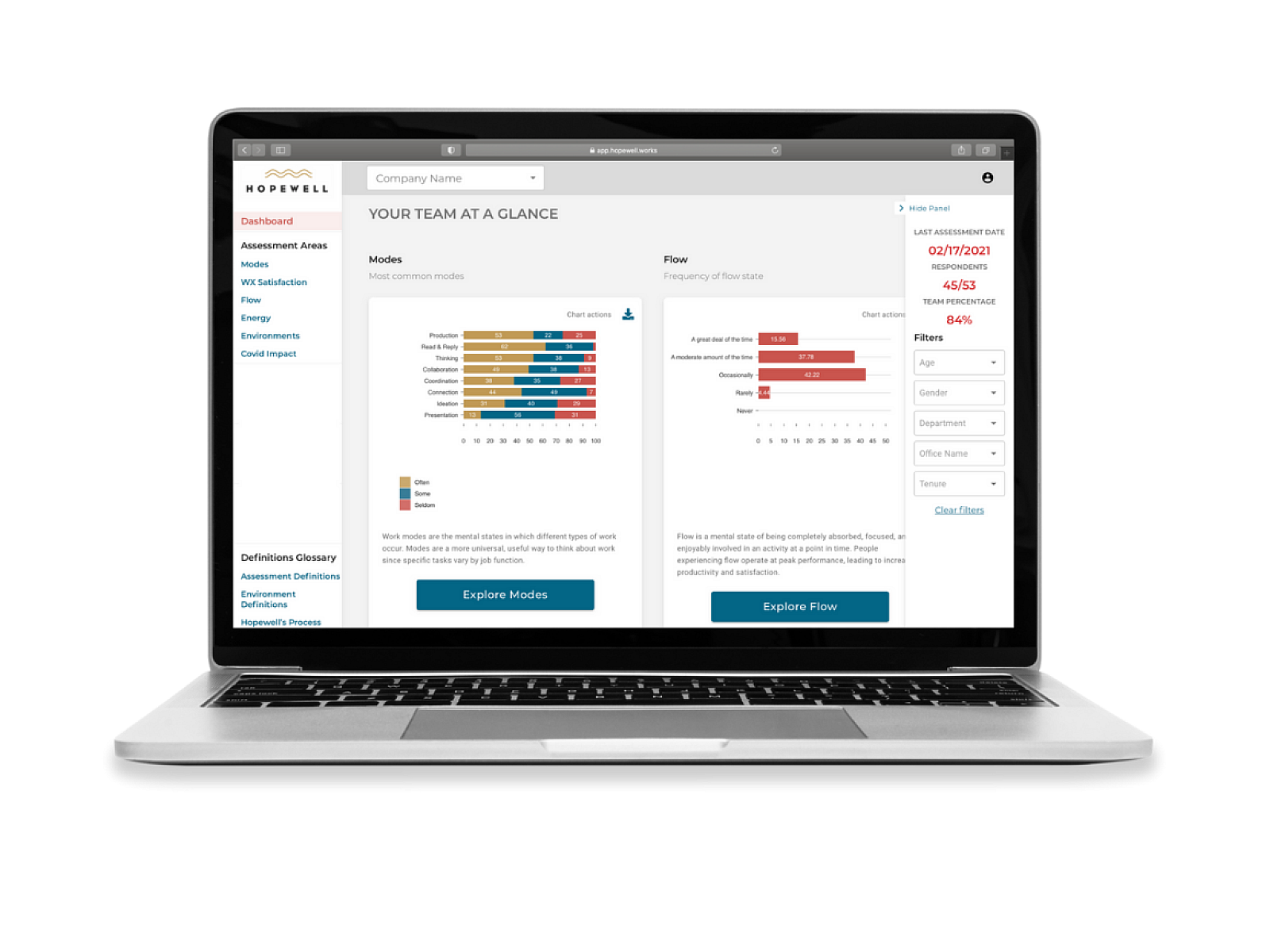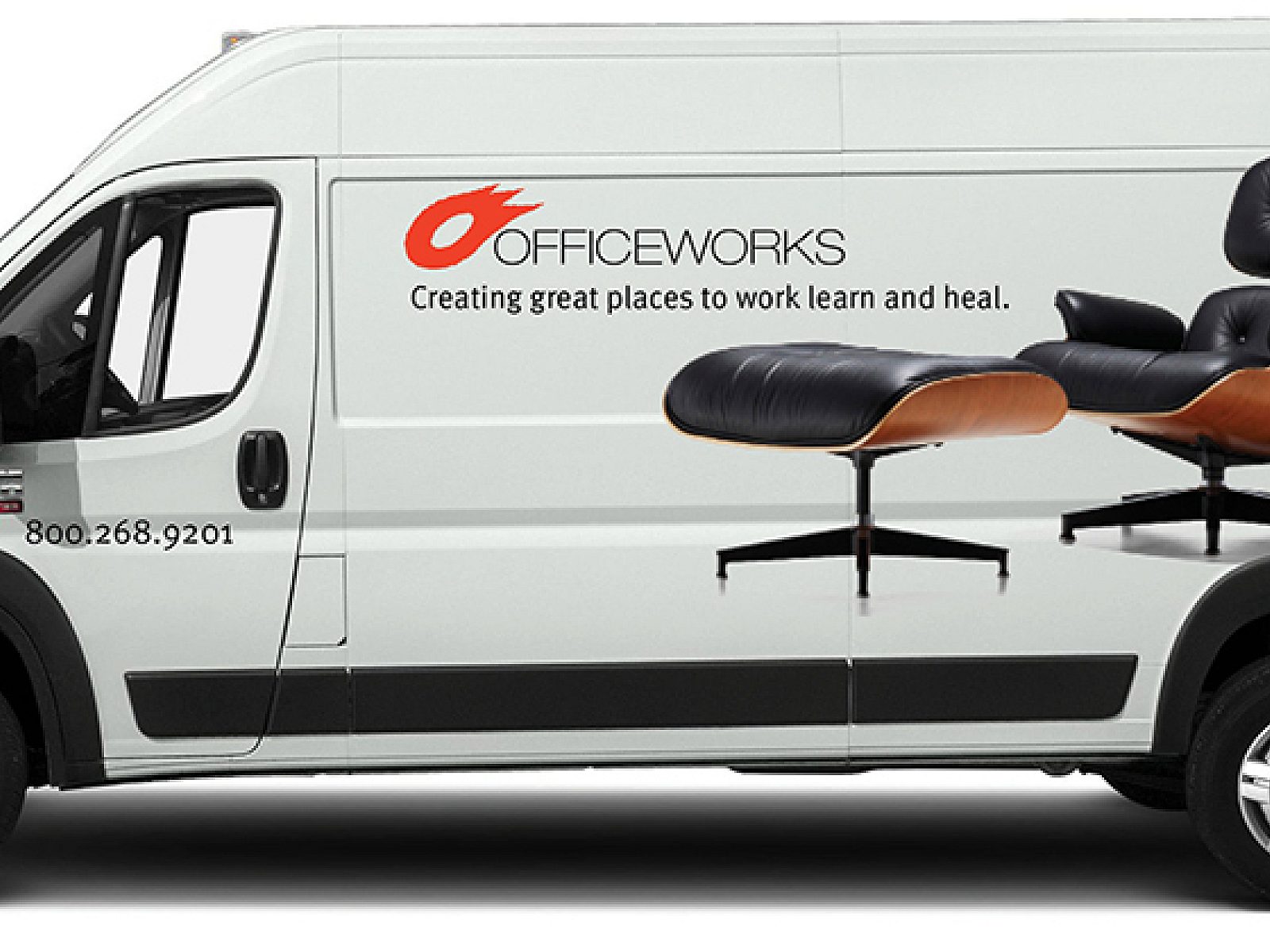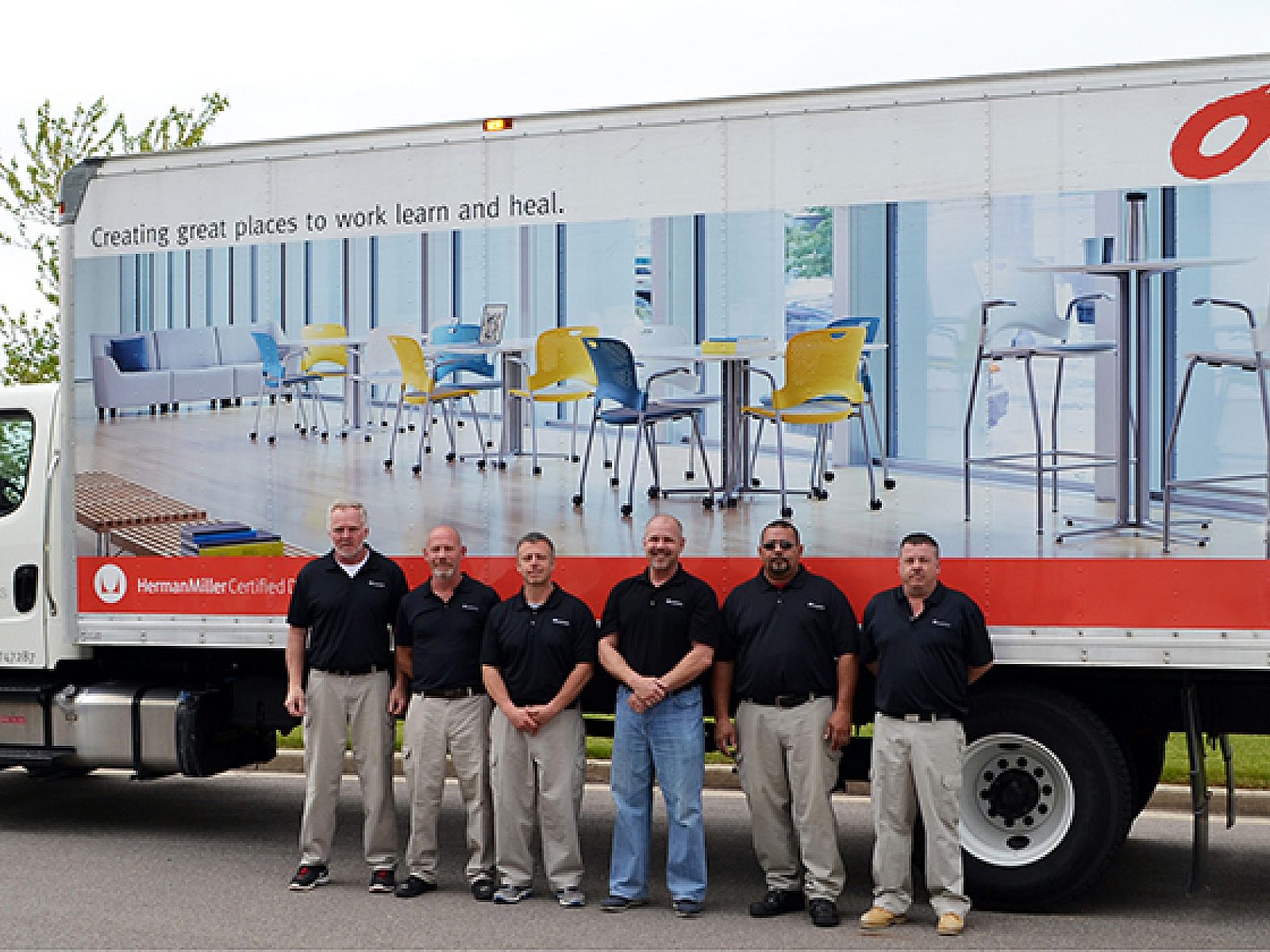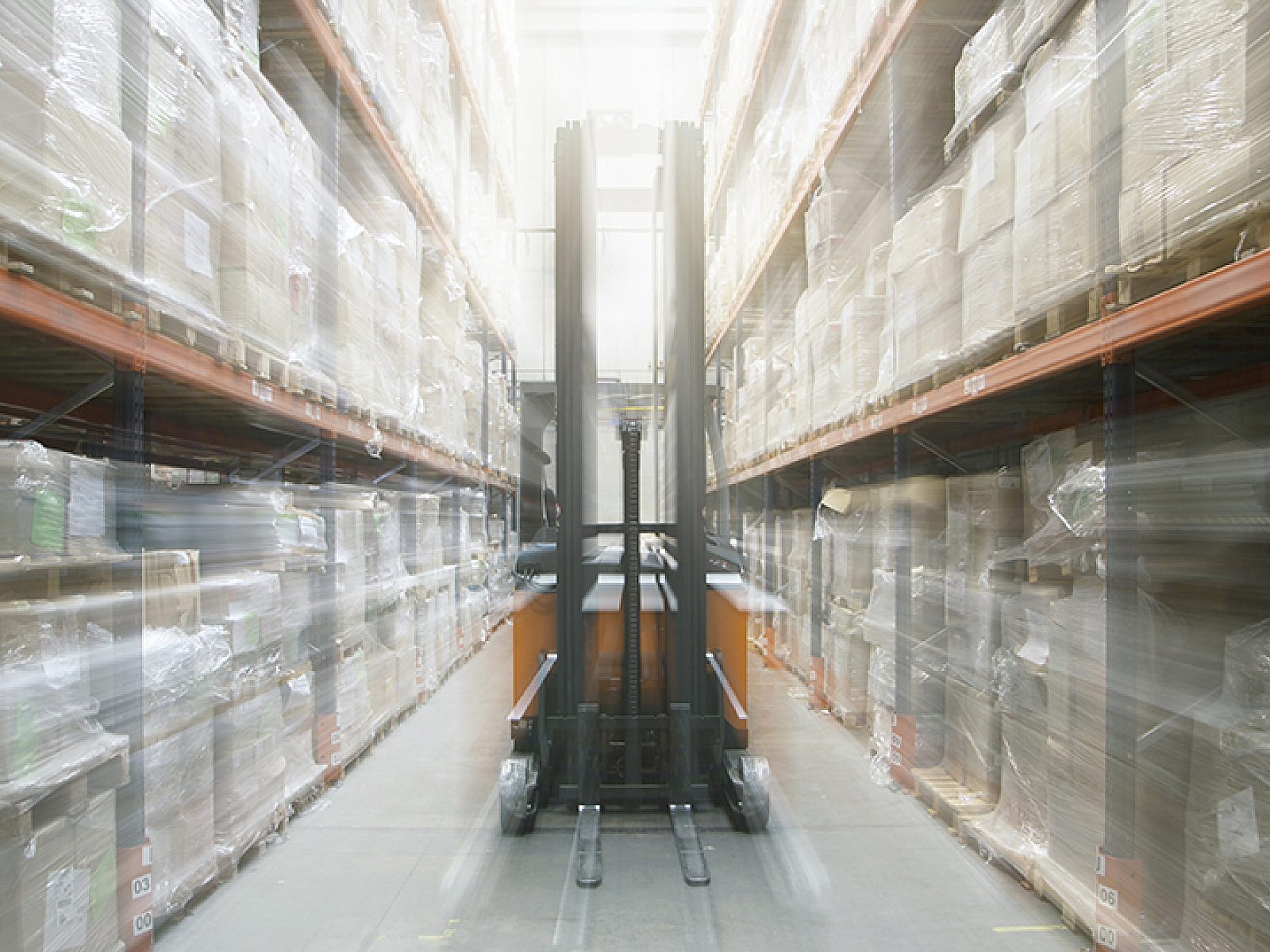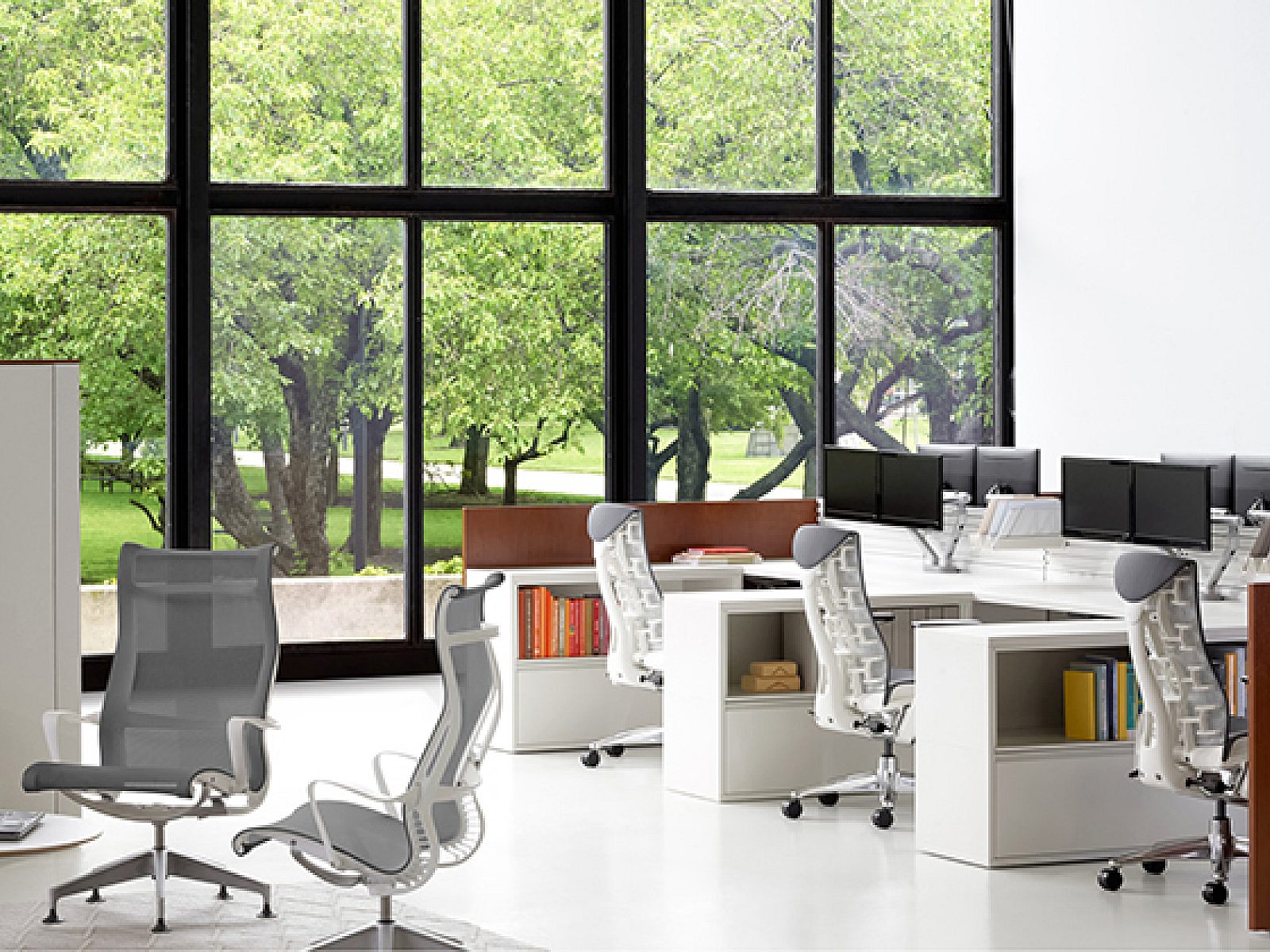Design with Impact: Change
The ability to navigate change is a characteristic of all successful organizations. Finding newer, better, and more effective ways of operating can grow revenues, expand markets, drive progress, and achieve efficiencies. In other words: Embracing change leads to success.

The space to harness change
The ability to navigate change is a characteristic of all successful organizations. Finding newer, better, and more effective ways of operating can grow revenues, expand markets, drive progress, and achieve efficiencies. In other words: Embracing change leads to success.
The other side of change
Change can also feel extremely disruptive and unsettling.
The World Uncertainty Index (WUI) has charted the acceleration of uncertainty over time since 1990. Organizations not only face higher uncertainty than ever, but they also have little control over its contributing factors.*
Things like COVID, supply chain disruption, technological competition, and political unrest have overwhelmed organizations. The uncertainty is increasing and becoming more erratic, with a more global reach.
The effects of this uncertainty have driven the constant reevaluation and reinvention of businesses—like shifting business goals to shorter, faster project cycles—and fueled the rise of new technologies, such as AI.

Managing change together
As organizations try to keep pace in a more complex business environment, they need new ways to spark innovation, build camaraderie, and support the ever-changing needs of their global workforce.
The physical workplace offers a logical starting point.
A work environment designed to support people, aid the flow of information, promote creativity, and enhance culture can help a company solve challenging business problems and remain competitive. In such an environment, people get comfortable taking risks and asking for the things they need. Once they reach this level of psychological safety, people stop being afraid of change. And they realize they can thrive through it.
Global management consulting firm McKinsey reports that among today’s most productive organizations, 16% continually iterate or tweak processes in response to changing external factors. None of the least productive organizations exhibit these behaviors.*
Flexibility in the built environment
Flexibility for individuals
Helping people adapt to change by giving them control of their environment and designing spaces to adapt to employees—not the other way around.
Why is this important? Being comfortable with change is a key factor in psychological safety, which affects engagement, performance, and results.
Flexibility for teams
Helping teams adapt more easily to change through the ability to reconfigure the team neighborhood to reduce disruption and build resiliency.
Why is this important? Employee turnover and teams changing out or shifting focus happen at a far greater rate than ever before. Supportive team environments make a difference. When team members participate in the design of their space, the experience itself builds camaraderie even beyond the shared sense of ownership.
Flexibility for organizations
Helping organizations embrace change through multipurpose, connected, flexible spaces that adapt to support people where and when they work.
Why is this important? The need for flexibility extends beyond physical space. Decision-makers must plan for a future in which dynamic and distributed ways of working are the norm.***
Change is here to stay
There will always be change. That’s just a fact. Instead of being unsettled by the uncertainty, let’s focus on navigating and embracing change and design for flexibility.
Connect with our team to learn more today!

